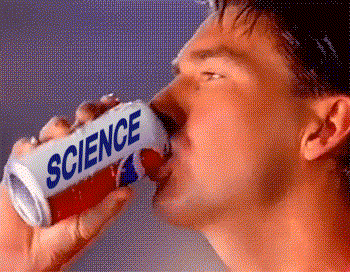
Seasons
Quiz
•
Science
•
5th - 8th Grade
•
Practice Problem
•
Medium
+5
Standards-aligned

Jake Tabbert
Used 857+ times
FREE Resource
Enhance your content in a minute
15 questions
Show all answers
1.
MULTIPLE CHOICE QUESTION
1 min • 1 pt
The Earth's axis is tilted _____ degrees.
Tags
NGSS.MS-ESS1-1
2.
MULTIPLE CHOICE QUESTION
1 min • 1 pt

At position A, which hemisphere would have summer?
Tags
NGSS.MS-ESS1-1
3.
MULTIPLE CHOICE QUESTION
20 sec • 1 pt

What happens when the area in which you live tilts away from the sun?
Tags
CCSS.RI.4.3
CCSS.RI.5.3
CCSS.RI.6.3
CCSS.RI.7.3
CCSS.RI.8.3
4.
MULTIPLE CHOICE QUESTION
1 min • 1 pt
The term equinox means....
Tags
NGSS.MS-ESS1-1
5.
MULTIPLE CHOICE QUESTION
20 sec • 1 pt
What do June 21 and December 21 have in common?
Tags
NGSS.MS-ESS1-1
6.
MULTIPLE CHOICE QUESTION
30 sec • 1 pt
What is the longest day of the year?
Tags
NGSS.MS-ESS1-1
7.
MULTIPLE CHOICE QUESTION
45 sec • 1 pt
Why do we experience the changing of the season on the earth?
Tags
NGSS.MS-ESS1-1
NGSS.MS-ESS2-6
Create a free account and access millions of resources
Create resources
Host any resource
Get auto-graded reports

Continue with Google

Continue with Email

Continue with Classlink

Continue with Clever
or continue with

Microsoft
%20(1).png)
Apple
Others
Already have an account?
Similar Resources on Wayground
Popular Resources on Wayground

5 questions
This is not a...winter edition (Drawing game)
Quiz
•
1st - 5th Grade

15 questions
4:3 Model Multiplication of Decimals by Whole Numbers
Quiz
•
5th Grade

25 questions
Multiplication Facts
Quiz
•
5th Grade

10 questions
The Best Christmas Pageant Ever Chapters 1 & 2
Quiz
•
4th Grade

12 questions
Unit 4 Review Day
Quiz
•
3rd Grade

10 questions
Identify Iconic Christmas Movie Scenes
Interactive video
•
6th - 10th Grade

20 questions
Christmas Trivia
Quiz
•
6th - 8th Grade

18 questions
Kids Christmas Trivia
Quiz
•
KG - 5th Grade
Discover more resources for Science

20 questions
Convection, Conduction, and Radiation
Quiz
•
6th - 8th Grade

10 questions
Exploring Earth's Rotation and Revolution
Interactive video
•
5th Grade

20 questions
Weathering, Erosion, Deposition
Quiz
•
5th Grade

22 questions
Water Cycle
Quiz
•
6th Grade

10 questions
Exploring the Energy Cycle: Photosynthesis and Cellular Respiration
Interactive video
•
6th - 10th Grade

23 questions
Newton's 3 Laws of Motion
Quiz
•
8th Grade

15 questions
Force and Motion Review
Quiz
•
5th Grade

10 questions
Exploring the Water Cycle
Interactive video
•
1st - 5th Grade



